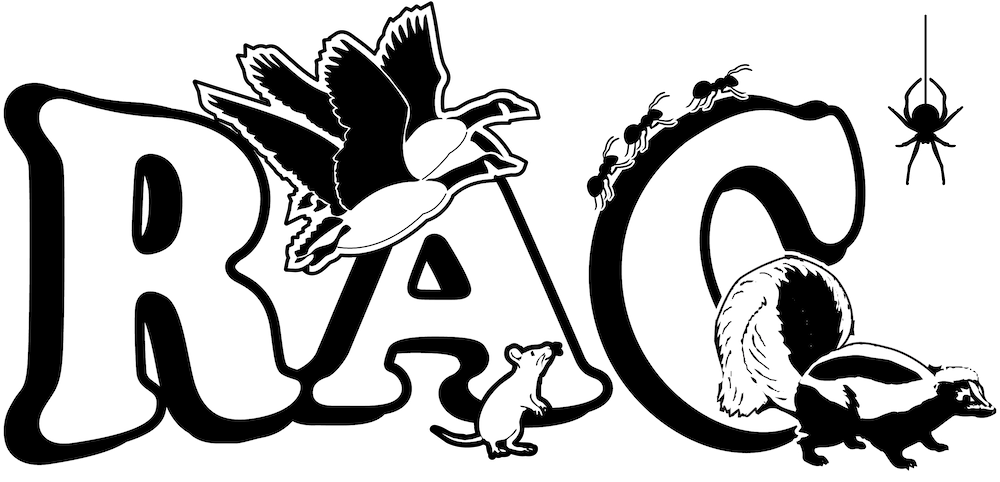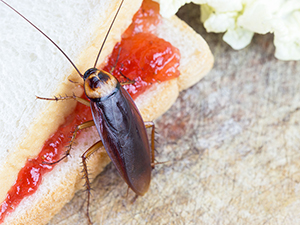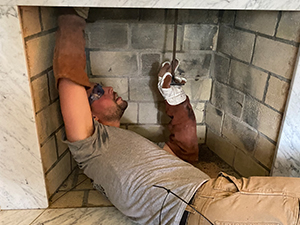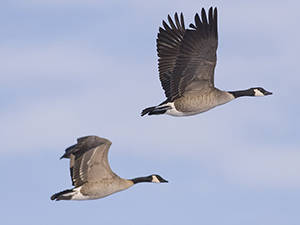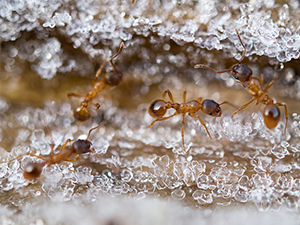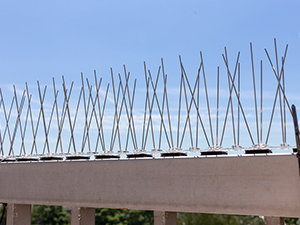Addressing the Root Causes of Pest and Wildlife Intrusion
The early signs of pest intrusion, including insects, rodents and other forms of wildlife, are often subtle, which can make them easy to overlook – or underestimate. It’s common for property owners to conclude that a bit of scratching from behind a wall or a ransacked garbage bin is a… Read More

